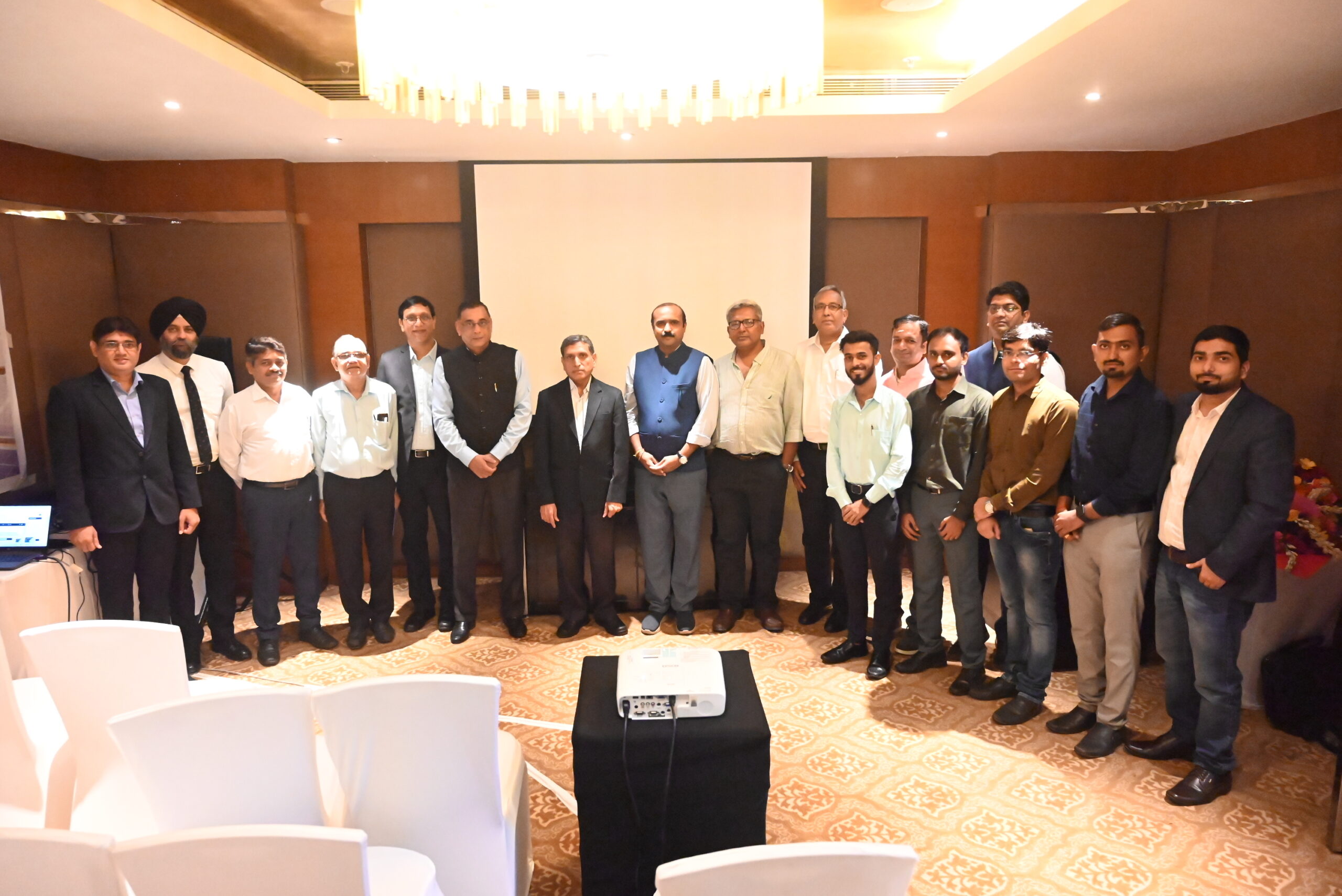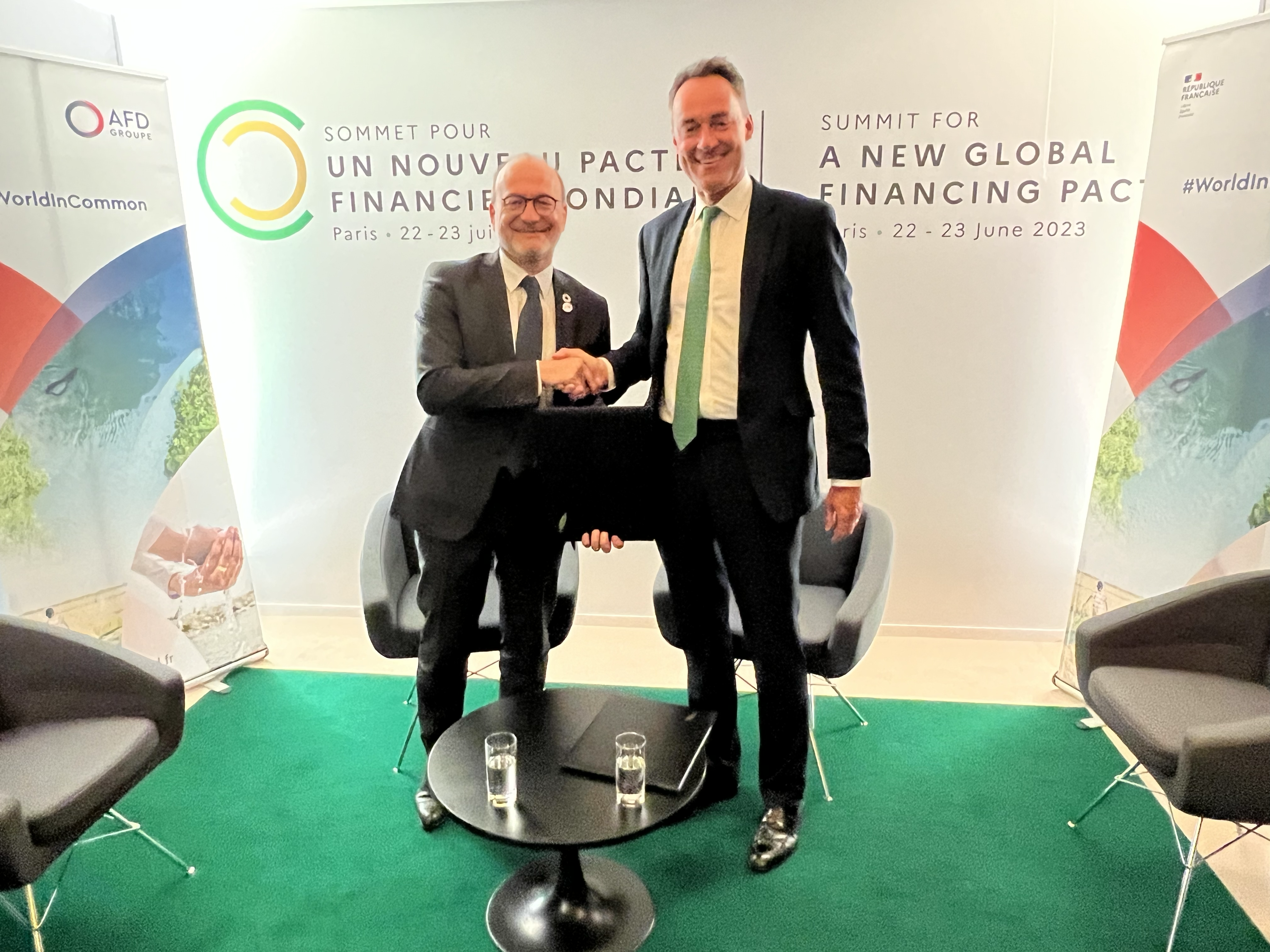
DREAMing Big in Ethiopia
Ethiopia is a country with one of the fastest growing populations on Earth and the second most populous country in Africa. The majority of Ethiopians make their living from agriculture, which accounts for 32% of the country’s GDP and 70% of the labour market. Increasing amounts of food are needed to feed the expanding population, but just 5% of the land is irrigated and the crop yields of small farms are below regional averages.
Until now, farmers had to use diesel generators to power water pumps to irrigate their crops. But in July 2022, the Ethiopian government reduced fuel subsidies, raising the price of petrol by 30% and diesel by 40%. In the past two years the price of diesel has risen by more than 200%. Three out of four Ethiopian farmers are smallholders who only earn about $2 a day; the use of such generators has quickly become a luxury many cannot afford.
It is not just the agricultural sector which is under stress. Ethiopia is home to 57 million people who live without access to electricity, making it the third largest unserved population in the world, behind only Nigeria and Democratic Republic of Congo. GEAPP’s work through the DREAM – Distributed Renewable Energy – Agriculture Modalities – initiative aims to address both these problems in one go.

The majority of Ethiopians make their living from agriculture, which accounts for 32% of the country’s GDP.
DREAM is the first time a private sector-led energy solution has focused on irrigation for smallholder farmers.
DREAM 2030 targets

Mini-grids

Jobs created or improved

People with new or improved
electricity access
How does DREAM work?
DREAM is the first time a private sector-led energy solution has focused on irrigation for smallholder farmers. The hope is it will serve as a blueprint for similar projects, not just in Ethiopia but across sub-Saharan Africa. DREAM will deploy solar mini grids that provide reliable, affordable, year-round electricity to power large-scale irrigation systems, including wells, pumps and distribution networks. The mini grids alsoallow surrounding local communities access to electricity.
The farmers serve as high electricity demand customers, in effect becoming the anchor users that support the commercial sustainability of the mini grids. Other business customers and private households can then benefit from subsidised access to electricity. This is a ground-breaking approach, both for Ethiopia and Africa as a whole. Historically, utility companies did not plan for the energy needs of agricultural equipment – like irrigation systems – when installing distributed renewable energy. That narrative has now changed, thanks to DREAM.
More than irrigation
The DREAM initiative does much more than provide energy for smallholders to irrigate their crops; it transforms villages. Enough electricity is produced to power telecommunications systems, medical facilities, schools and homes. The DREAM initiative includes support for productive uses of energy, which helps accelerate rural development and ensures the mini grids have sufficient demand for their power, de-risking the whole scenario for investors.
The DREAM initiative would not have got off the ground without the instrumental support of the Government of Ethiopia. GEAPP has a track record of working with government green energy priorities and in Ethiopia, the team has forged partnerships with the Government of Ethiopia’s Ministry of Water and Energy, the Ministry of Agriculture, the Ministry of Irrigation and Lowlands, and the Agriculture Transformation Institute. Government buy-in, along with the support of The Rockefeller Foundation was essential for bringing the African Development Bank into the project.
The involvement of the African Development Bank alongside the European Investment Bank and the World Bank means DREAM can be scaled up. Eventually, the irrigation part of the project will be purely private sector-led and driven. On the energy side, GEAPP is providing capacity building with local stakeholders and developers to get them up and running independently.
Why now?
The DREAM project is particularly timely. At the end of 2020, the Ethiopian government’s National Electrification Plan 2.0 opened up the energy sector to private investment. Prior to this, the energy sector was 100% owned and controlled by state-owned utility companies. To date, only one private sector licence has been issued in the country: the hope is by early-2024, DREAM will be the second. Once complete, the DREAM initiative will have created the largest mini grid-powered irrigation system on the continent. And DREAM communities won’t just access cheaper, cleaner, more reliable power for irrigation, they will get electricity for their local businesses and homes, transforming village life and opening up meaningful economic opportunity.
GEAPP in Ethiopia
See how we’re supporting the national government in developing a productive renewable energy sector in support of Ethiopian smallholder farms.








